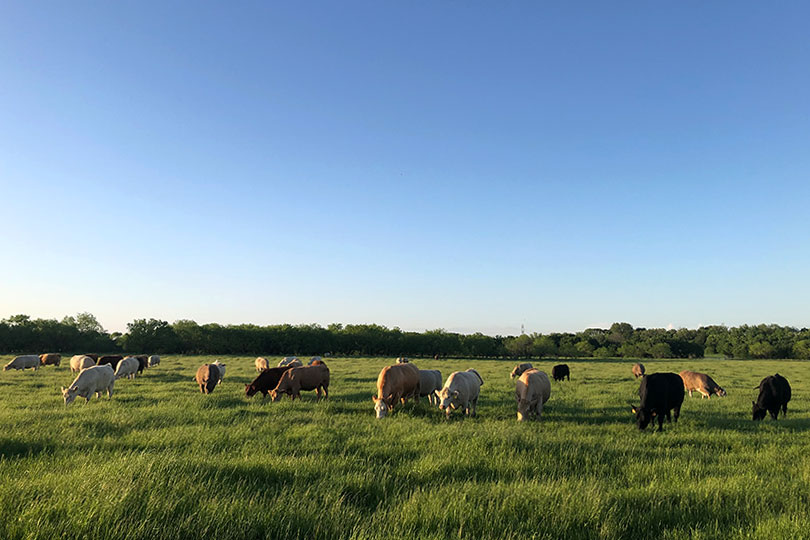By Jennifer Dorsett
Field Editor
A new webinar series, The Intersection of the Cattle and Beef Industries, aims to help people understand the challenges, difficulties and inner workings of the vast, interconnected industries that bring beef to the plate.
It’s a joint undertaking between North Dakota State University (NDSU) Extension Service, Texas A&M AgriLife Extension Service and West Virginia University.
“We are not whitewashing any issues or problems the industry is facing. We are here to offer a scientific, evidence-based program,” NDSU Extension Livestock Specialist Lisa Pederson said. “We want to bring ideas together, offer facts and empower people to drive industry change.”
The twice-weekly series is every Tuesday and Thursday evening through June 25. Upcoming topics include in-depth perspectives on packer profits, the “local meat” movement, cattle and beef pricing and more, as well as an overview of the beef checkoff program and a virtual packing plant tour.
The series came about as a response to inaccurate information being shared on social media, Ron Gill, Extension program leader for Animal Science at Texas A&M AgriLife Extension Service, said.
“The idea was spawned from our frustration with information on social media that misrepresents facts and stirs up hysteria,” he said. “Our goal was to arm people with facts, so they can make their own decision. People are passionate about their beliefs, and we’re not trying to change everybody’s mind, but we just want them to know what the data says so they can make their own informed decisions.”
The webinars are an invaluable learning tool for those interested in understanding more about cattle markets and beef production, whether they are a consumer or rancher or someone who works in the industry, he added.
“We’re not really presenting anything that’s not already out there, we’re just putting it all into one place,” Gill said. “We’re trying to get people information they didn’t have before in a cohesive way that maybe it will connect and really start to make sense.”
The most recent webinar on May 12 provided a look at mandatory country-of-origin labeling (COOL) and discussed beef imports and exports.
Ranchers, consumers and other industry players all have opinions about importing beef and COOL, but Gill said the reality is based on what markets will support.
“We export many cuts of beef we don’t want to consume here at home–things like beef hearts and tongues,” he said. “But what we mainly import are trimmings for hamburger, because Americans love hamburgers, and that’s what we need more of.”
If the U.S. didn’t import trimmings, Gill explained, more valuable cuts, such as steaks, would have to be ground domestically, lowering the total value of each beef carcass. The U.S. is also a net exporter in live cattle and beef products.
“Trade is absolutely necessary in using the whole animal to maximize profit,” he said.
AgriLife Extension Service specialists Davey Griffin and David Anderson also participated in the discussion, along with Jerry Yates, West Virginia University farm manager and co-host of the series.
“The consumer is where all of our focus comes together. No matter where you fall on the supply chain, we’re all in the food business,” Yates said.
To register for the series, click here. Links to recordings of previous sessions are being updated and should be available soon.

